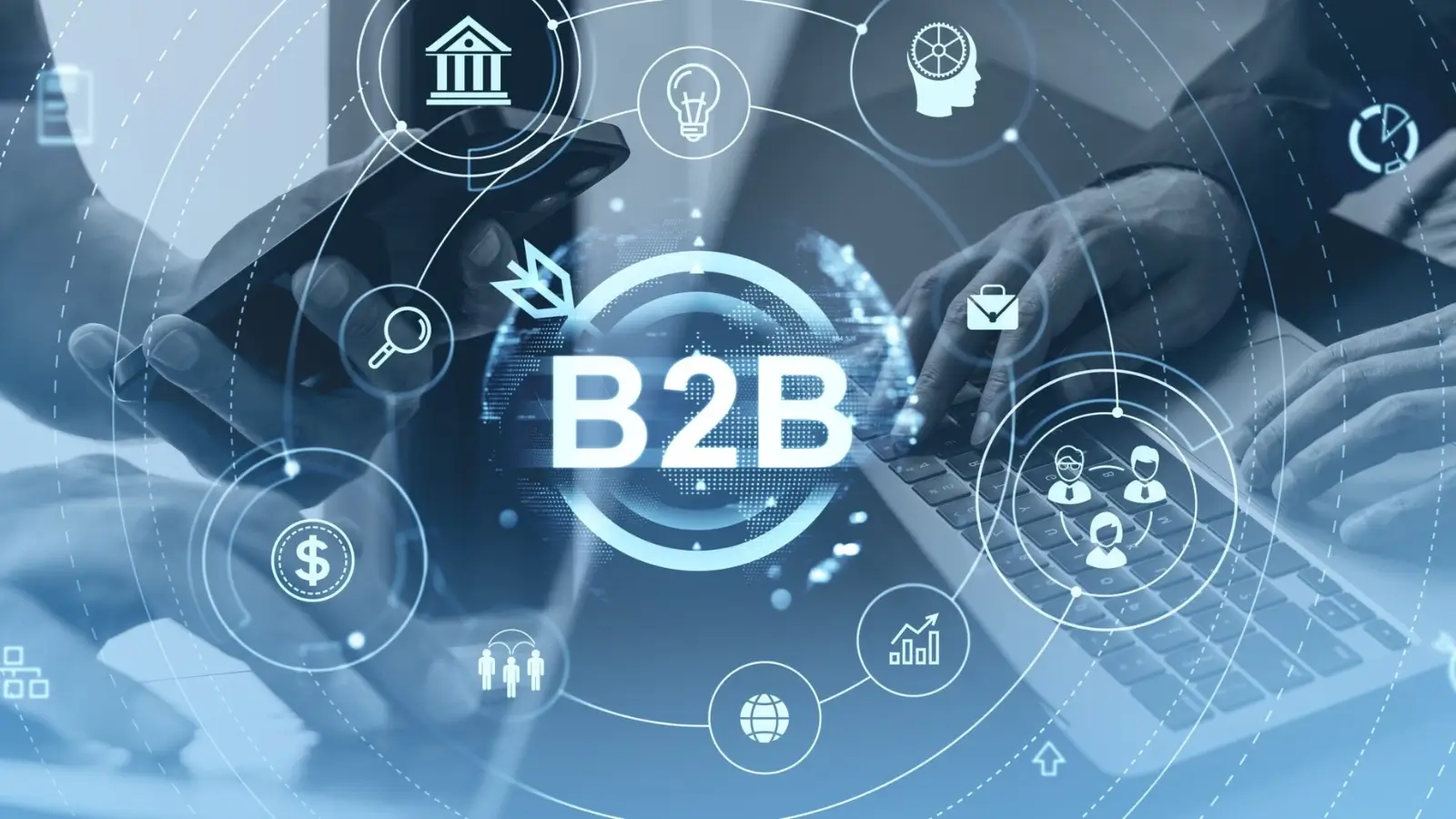— B2B payments software is no longer just a back-office tool—it’s a strategic enabler for growth, cash flow stability, and efficiency.
Introduction
Are missed payments, slow reconciliations, and hidden fees eating into your cash flow and team productivity? Every late settlement or reconciliation gap forces finance teams into firefighting , chasing invoices, reconciling mismatched payments, and manually stitching data between ERP, bank statements, and CRM. That drains working capital and distracts from strategic priorities.
The right B2B payments software reduces friction across the order-to-cash cycle: faster collections, automated reconciliation, clearer fees, built-in compliance, and data you can act on.
13 Must-Have Capabilities to evaluate B2B Payments software Tools
Here is a practical, deep-dive checklist business owners can use to evaluate, compare, and select B2B payments software that actually moves the needle.
1. Security & Compliance , non-negotiable
- PCI DSS & data handling: Verify the vendor’s PCI compliance level and how cardholder data is handled (tokenization, hosted fields, or vaulting). Tokenization reduces PCI scope for you.
- Encryption & key management: End-to-end encryption in transit and at rest, strong key rotation policies, and clear encryption responsibilities.
- Regulatory coverage: Support for local payment regulations (e.g., PSD2/SCA in EU, NACHA rules in the U.S., RBI/India guidelines if relevant). Ask for evidence and audit reports (SOC 2 Type II, ISO 27001).
- Access controls & audit trails: Role-based access, multi-factor authentication, and immutable logs for all payment and settlement events.
2. Integration Capabilities , make your systems talk
- ERP & accounting integration: Native connectors or well-documented APIs for major ERPs (SAP, Oracle, NetSuite) and accounting systems so payment events automatically reconcile with invoices and ledgers.
- CRM & commerce platforms: Integration with CRM (SFDC, Dynamics) and eCommerce platforms to provide payment status within customer records.
- API maturity: RESTful APIs, webhooks for event-driven flows, sandbox environments for testing, and SDKs or libraries in your primary languages.
- Ease of mapping: Flexible field mapping and configurable transformation rules to match different invoice formats and bank statement layouts.
3. Reconciliation & Settlement Automation , speed cash conversion
- Auto-match engine: Machine-learning or rule-based matching that reconciles remittances, partial payments, and multi-invoice remittances automatically.
- Payment posting: Automatic posting to AR with exceptions routed to a worklist for human review.
- Settlement timing & options: Clear options for settlement frequency (daily, intraday), same-day settlement where available, and predictable cut-off times.
- Bank feeds & statement ingestion: Support for multiple bank formats, direct bank connectors, and file-based imports.
4. Payment Methods & Global Coverage
- Domestic and cross-border: Support for ACH, wire, card, SEPA, Faster Payments, RTP, virtual cards, and specialist B2B rails (e.g., level 2/3 card processing).
- Multi-currency processing & FX handling: Transparent FX rates, ability to bill in local currency, and automated currency conversion or hedging options.
- Future-proof rails: Support for newer rails (real-time payments, tokenized rails) and an agile roadmap to add emerging methods.
5. Fee Structure & Pricing Transparency
- Clear cost breakdown: Interchange, processor markups, gateway fees, monthly/annual platform fees, chargeback fees , all spelled out.
- Scenario pricing: Ask for modeled pricing for your invoice volumes, ticket sizes, and expected chargeback rates.
- Net vs gross accounting: Understand whether fees are netted from settlement or billed separately for accounting and cash forecasting.
6. Fraud Prevention & Risk Management
- Fraud engine: Rule-based filters plus behavioral and transaction-pattern analytics for B2B risk signals.
- KYC & onboarding screening: Automated onboarding checks for new payers, sanctions screening, and ability to attach compliance documents to accounts.
- Chargeback & dispute handling: Built-in workflows to manage disputes, evidence collection, and representation.
7. Reporting, Analytics & Decisioning
- Real-time dashboards: Cash position, settlements in flight, dispute backlog, DSO trends, and predicted cash receipts.
- Custom reports & exports: Ability to create scheduled reports and bulk exports for FP&A and treasury teams.
- Predictive insights: Forecasting of collections, customer payment behavior segmentation, and alerts for rising delinquency risk.
8. Customer (Payer) Experience , reduce friction for your customers
- Self-service portals: Pay-now links, bulk pay upload, payment plan creation, and visibility into invoice/payment history.
- Flexible pay-by options: Virtual cards, ACH push, bank transfer, and one-click stored payment methods.
- Smart remittance capture: Email or file ingestion to auto-attach remittance details to payments.
9. Customization & Workflow Automation
- Configurable workflows: Approval rules, exception routing, custom notification templates, collector assignment logic.
- Low-code automation: Visual workflow builders for business users to reduce dependency on IT for small changes.
- Worklists & prioritization: AI or rule-based prioritization so collectors focus on accounts with the highest recovery potential.
10. Reliability, Scalability & SLA
- Uptime & redundancy: Ask for historical uptime metrics and disaster recovery plans.
- Scalability model: Can the platform handle peak invoice volume spikes (quarter-end, fiscal close) without performance degradation?
- Support model & SLAs: Clear response and resolution times, escalation paths, and dedicated onboarding resources.
11. Implementation & Change Management
- Implementation timeline: Realistic phased rollout plan, pilot, parallel run, full cutover, with deliverables and test cases.
- Data migration: Tools and support for migrating historical payments, reconciliations, and customer data.
- Training & documentation: Role-based training for finance, treasury, and customer support teams; playbooks for exceptions.
- Internal stakeholder alignment: How the vendor supports alignment with sales, IT, legal, and treasury teams.
12. Vendor Viability & Roadmap
- Financial stability: Public filings or financial summaries where available, customer references, and retention rates.
- Product roadmap: Commitment to emerging rails, API/connector expansion, and product investments aligned with your priorities.
- Ecosystem & partners: Banking partners, processors, and fintech integrations that extend capability (cards, FX, reconciliation tools).
13. Procurement Checklist (Quick: use during vendor shortlisting)
Selecting the right vendor requires a disciplined evaluation process. Use a procurement checklist to ensure you are comparing solutions on the factors that matter most.
- Security certifications (SOC 2, ISO 27001, PCI proof)
- ERP & bank connectors
- Reconciliation automation with exception handling
- Multi-rail payment support (cards, ACH, wires, RTP)
- Transparent pricing model with scenario-based quotes
- SLA & historical uptime
- Customer portal & self-service features
- Fraud & dispute workflows
- API documentation and sandbox
- References from companies in your vertical
Measuring ROI and Tracking the Right KPIs
The value of B2B payments software should be measured through clear, payment-specific metrics. Instead of broad AR-focused KPIs like DSO, focus on transaction-level and cost-saving outcomes that reflect the software’s direct impact:
1. Interchange Fee Reduction
Track savings from features like Level 2/3 processing, interchange optimization, or intelligent routing. Even small percentage reductions on large invoice volumes create substantial cost benefits.
2. Surcharge or Convenience Fee Recovery
Measure how much processing cost is offset by passing surcharges to customers where regulations allow. This directly reduces payment acceptance expenses.
3. Processing Cost per Transaction
Monitor average fees per payment before and after implementation. The goal is a consistent downward trend in costs as volume scales.
4. Payment Acceptance Rate
Track the percentage of successful transactions compared to attempts. A strong payments platform should maintain high acceptance while minimizing declines and retries.
5. Settlement Speed and Predictability
Measure the time it takes for funds to clear into your account. Faster and more reliable settlements improve cash availability for operations.
6. Automation of Reconciliations (%)
Quantify how many payments are auto-matched with invoices and posted to your ERP without manual intervention. This shows efficiency gains and reduced labor costs.
7. Chargeback and Dispute Resolution Efficiency
Measure both the volume of disputes and the resolution win rate. Effective fraud prevention and dispute workflows reduce revenue leakage.
8. Cross-Border Payment Efficiency
Track FX fees, conversion costs, and settlement delays for international transactions. Savings here can be significant for businesses with global customers.
9. Customer Payment Experience Metrics
Survey or measure adoption of self-service portals, one-click payments, and stored payment methods. Higher adoption correlates with faster payments and fewer failed transactions.
Considerations to Implement a B2B Software
- Start with the highest-value use case: Pilot the solution on the invoicing segment with largest volume or highest fees (e.g., corporate card-heavy customers) to show quick ROI.
- Parallel run for 30–90 days: Keep legacy flows active while validating auto-reconciliation accuracy and settlement timing.
- Governance: Appoint a cross-functional sponsor (finance + IT + sales operations) and a change manager to handle exceptions and customer communications.
- Measure early and iterate: Track the KPIs above weekly during rollout; use short sprints to tune matching rules and collector workflows.
Conclusion
B2B payments software is no longer just a back-office tool , it’s a strategic enabler for growth, cash flow stability, and operational efficiency. Business owners who approach B2B payment software vendor selection with a clear checklist of requirements , from security to scalability , are far more likely to see measurable ROI and fewer operational headaches. By treating payments as a lever for business performance, not just a cost of doing business, you’ll position your company to compete with agility and resilience in an increasingly digital-first market.


